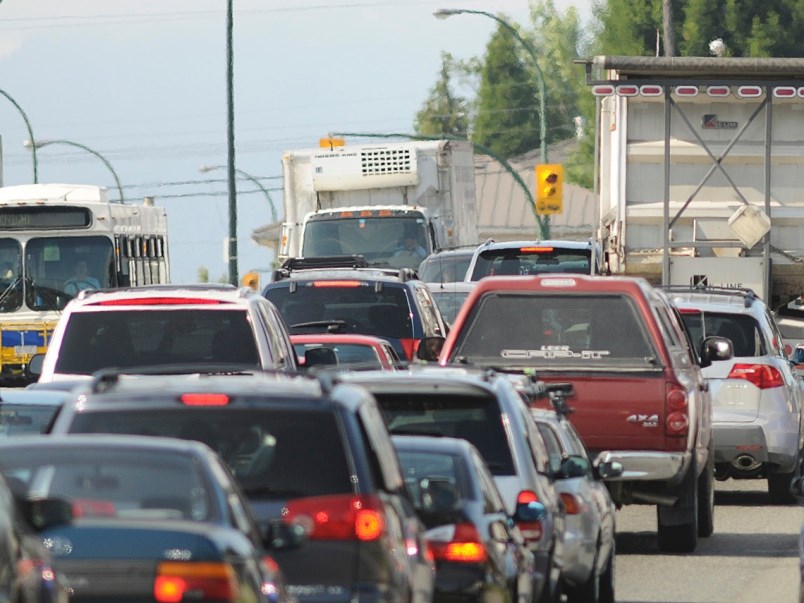How does a city tackle its greenhouse gas emissions if it can’t afford to count them?
It’s a question that has hamstrung cash-strapped communities across Canada.
Figuring out just how much and from where those emissions are coming usually means hiring a consultant and can cost as much as $40,000.
“It’s been challenging because we have very little capacity in terms of staff and resources to get to the bottom of benchmarking greenhouse gas emissions and reducing them,” says Coun. Laura Dupont of Port Coquitlam, who also serves on Metro Vancouver’s climate action committee.
“We’re just starting to have the conversations now.”
On Tuesday, that data gap got a little smaller with the release of a new free greenhouse gas emissions tool. The Municipal Energy and Emissions Database (MEED) offers near-instant access to the pollution profiles of over 4,000 Canadian towns and cities.
With $80,000 in funding from Ottawa, the tool is a creation of Sustainability Solutions Group (SSG) — a cooperative of experts that helps cities plan their way through the climate crisis — and whatIf? Technologies.
Together, they pulled public data on population, types of households, employment, weather and known large emitters. Next, they compared that data with published federal energy and emissions reports. Calculations were refined until the gaps between the two data sets were closed.
“Canada’s communities are on the front lines of the climate emergency, and while many of them are now responding with effective policy, many more don’t know where to start,” says Yuill Herbert, co-founder and principal of SSG.
“MEED is their ticket to ride. It shows them how much climate pollution their community is producing, so they can move straight to the critical work of reducing it.”
WHAT COMMUNITIES ARE CANADA’S BIGGEST EMITTERS?
Inside the application, municipalities can explore a number of pollution sources, and break down emissions into sectors or on a per-capita basis.
The database is currently pulling data from 2018 and will be updated as new emissions are reported and calculations are refined.
How do cities and towns rank? Here are some of the takeaways from across Canada, B.C. and Metro Vancouver.
Why does the Canadian per-capita emissions rank so high compared to the per-capita emissions of many municipalities? While emissions from transportation, buildings and waste are often concentrated in urban areas, emissions from Canada's oil and gas sector are not. In 2019, emissions from the production and transportation of natural gas and oil accounted for 26 per cent of total national emissions.
On Wednesday, a group of climate scientists, together with the UN Environment Programme, released a report that found plans for oil and gas production were wildly out of step with efforts to curtail climate change. The 2021 Production Gap report found governments around the world plan to produce 110 per cent more fossil fuels in 2030 than would be consistent with limiting global warming to 1.5 C — the point where scientists say warming will cause catastrophic damage to the world climate.
Towns and cities, for their part, emit twice that of oil and gas, but are also poised to make some big changes. From installing electric vehicle charging infrastructure to planting trees and passing bylaws to promote electric heating in buildings, the MEED database offers a first step to prioritize where money is spent.
As Mike Savage, chair of the Federation of Canadian Municipalities’ Big City Mayors’ Caucus, put it last week ahead of the UN climate change conference (COP26):
“Solutions to cut emissions already exist within our cities. Municipalities are where roughly half of Canada’s emissions are — we can’t reach our national emission reduction targets without substantially reducing emissions from buildings, transportation and waste.”
Stefan Labbé is a solutions journalist. That means he covers how people are responding to problems linked to climate change — from housing to energy and everything in between. Have a story idea? Get in touch. Email [email protected].



